
Published:
Readtime: 14 min
Every product is carefully selected by our editors and experts. If you buy from a link, we may earn a commission. Learn more. For more information on how we test products, click here.
The dark horse of beer drinkers everywhere, stouts and porters are full-bodied, flavourful beverages that tend to deliver robust, savoury flavours to the palette: especially when compared to the increasingly fruit-filled Pale Ale and Sour Beer competition. Likewise, while these lighter beers are more popular the hotter it gets, stouts and porters tend to increase in popularity the closer to the dead of winter you’re in. There’s something satisfying about drinking a good, heavy beer in the cold.
That’s not to say that these robust, chocolatey brews can’t be enjoyed year-round: we’ve selected a handful of our favourites here, but many are available all throughout the year and can easily be consumed regardless of the weather.
Also, if you’re unsure how to tell the difference between stouts and porters, fear not! We’ve brought together the history, similarities and differences between the styles, as well as why you might like one over the other.
So, without further ado: here’s the best stouts and porters available today.
The Best Stouts and Porters
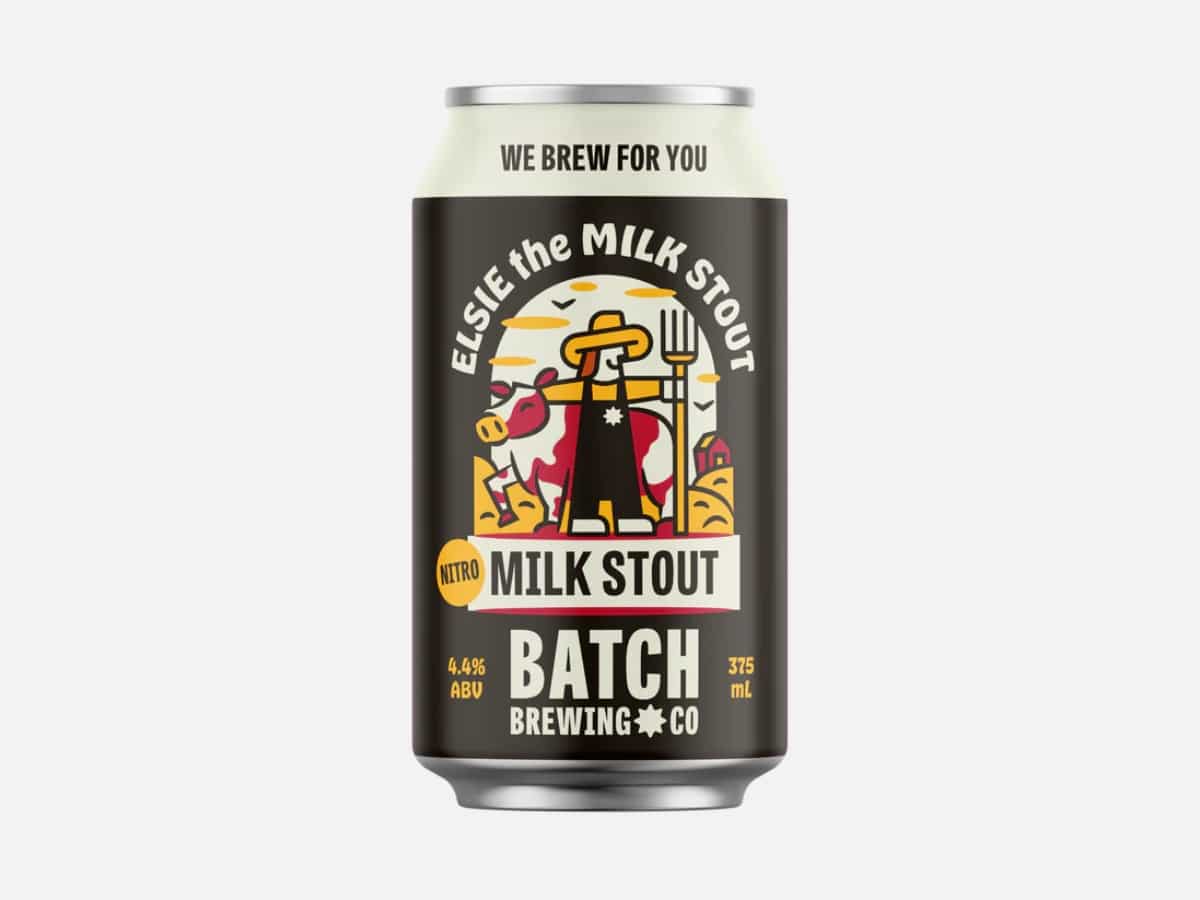
1. Batch Brewing’s ‘Elsie the Milk Stout’
- Style: Nitro, Milk Stout
- Size: 375ml
- ABV: 4.4%
- Origin: New South Wales, Australia
A personal favourite of mine, Elsie is an incredibly smooth stout infused with the classic chocolate notes and roasted malts. What sets it apart from other stouts, though, is the addition of unfermentable lactose to the process, which delivers a sweet, almost creamy profile to what is already a delicious drop, and reduces the overall bitterness.
Batch’s head brewer, Andrew Fineran, noted that the goal with Elsie is to deliver something with the right balance of flavours.
“You want to make sure you get the balance of roast malts right, so it’s nice and chocolatey,” he told us. “If you go overboard, it’ll get thicker and too much like coffee.”
The addition of lactose, as well as nitrogen, make the beer “super smooth and easy to drink”, Fineran added. If you haven’t tried a milk stout, or a nitro stout before, I’d recommend Elsie as a great starting point.
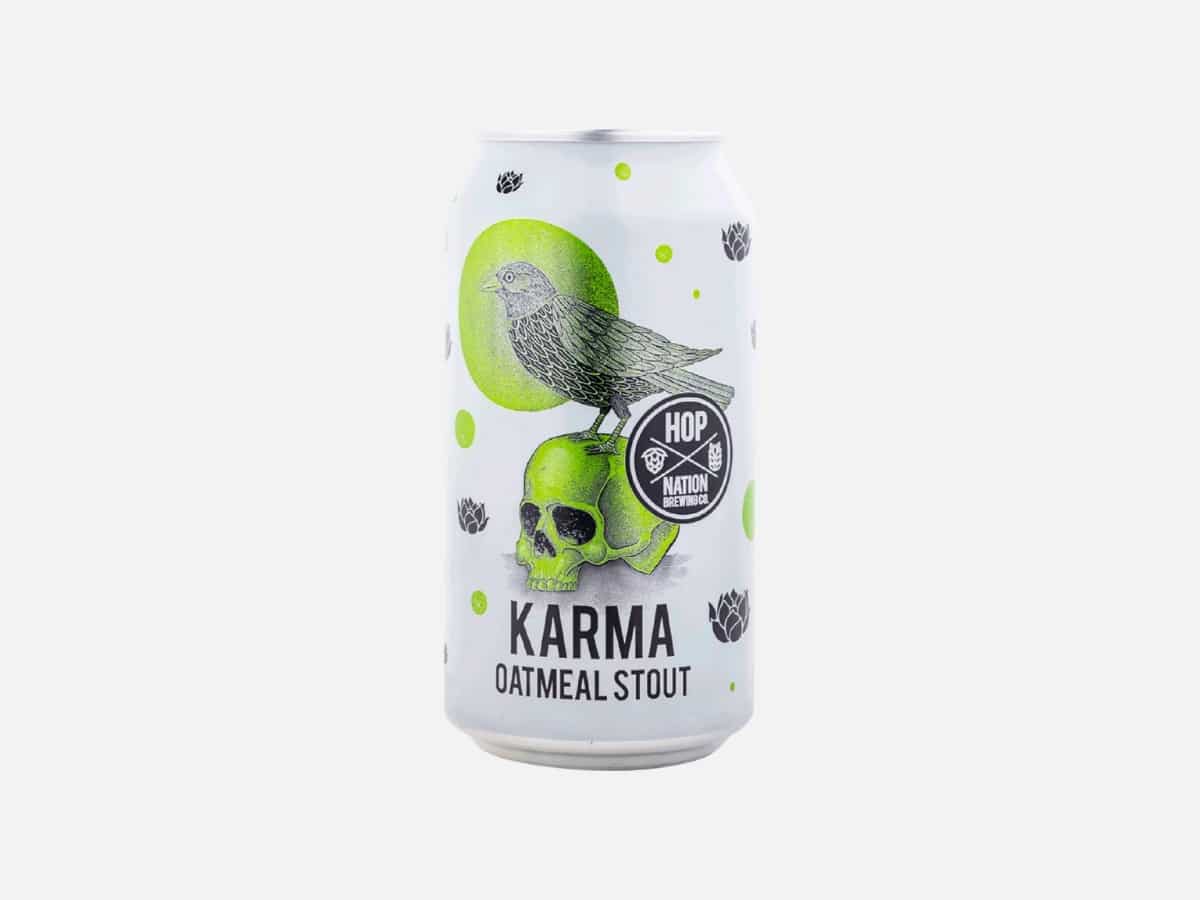
2. Hop Nation’s ‘Karma’ Oatmeal Stout
- Style: Oatmeal Stout
- Size: 355ml
- ABV: 5.0%
- Origin: Melbourne, Australia
A staple of the Australian craft beer scene, Hop Nation have delivered a number of impressive stouts over the years infused with the likes of coffee and chocolate, as well as a yearly release of its Kalash Imperial Stout, which is aged for several months in bourbon barrels to give it an extra kick (it’s got an ABV of 12%).
“We also do some pastry stouts, which are a sweeter style,” Hop Nation’s founder Sam Hambour told us. “We often use adjuncts and have a bit of fun with this style.”
But while the brand likes experimenting, there’s one release that is kept in its core range: the Karma Oatmeal Stout, a delicious, ever-present everyday drink, made using three ‘uniquely-toasted’ malts, oats, and roasted barley.
The result, Hambour explained, is a drink with a smooth mouthfeel, with hints of chocolate and coffee, that remains relevant year-round. We’d have to agree.
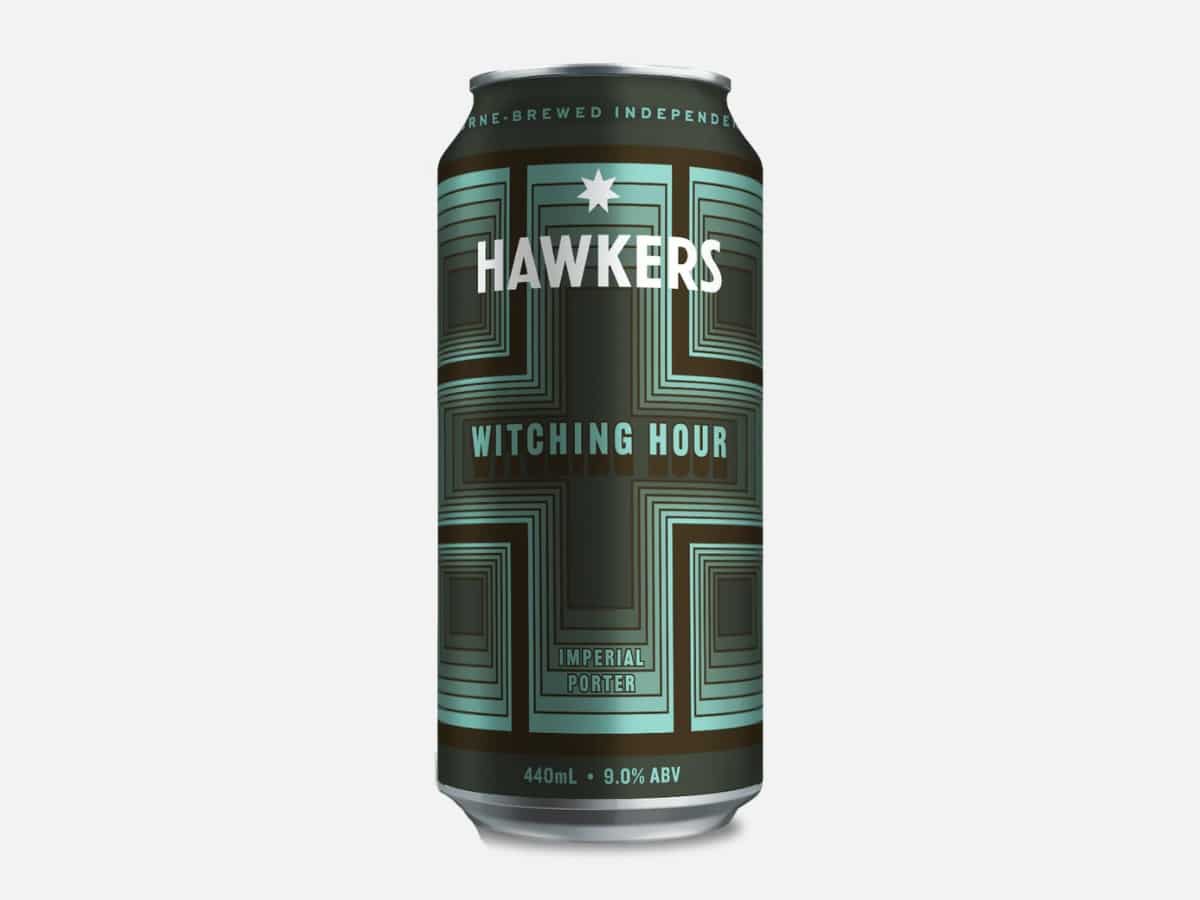
3. Hawkers ‘Witching Hour’ Imperial Porter
- Style: Imperial Porter
- Size: 440ml
- ABV: 9%
- Origin: Victoria, Australia
When you think of the ‘Witching Hour’, it’s fair to assume you’ll see visions of the dead of night: the hours directly following midnight, when the things that go bump in the night come out to play, and where light can’t escape. It’s fitting, then, that Hawker’s Imperial Porter is as black as can be.
“Don’t fear the darkest hour of night,” Hawkers muses. “Embrace it, and pair it with a beer.”
This beer in particular is an interesting beast, bringing floral notes of plum and spice to the more traditional chocolate and malt flavours. And, to top it all off, one can of Witching Hour is the equivalent of three standard drinks. So, you know, drink responsibly or you might be going bump in the night yourself.
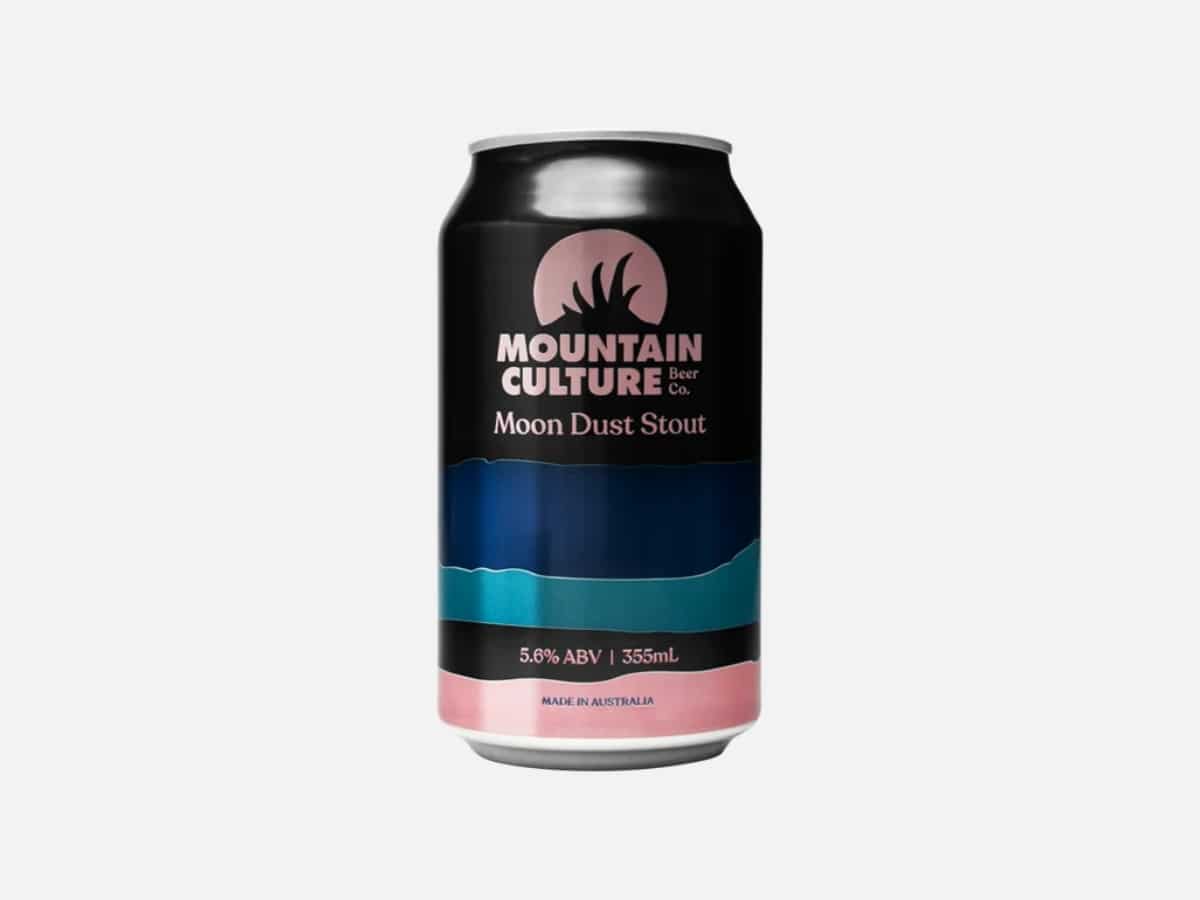
4. Mountain Culture’s ‘Moon Dust’ Stout
- Style: Milk Stout
- Size: 355ml
- ABV: 5.6%
- Origin: New South Wales, Australia
It shouldn’t be a surprise to see Mountain Culture here, given that the brewery has held onto the GABs Best Craft Beer title for a few years running, but its stout really is pretty impressive.
The brewery’s brand and innovation program manager Pat Thiering told us that it’s Moon Dust Stout was influenced by their home in the mountains, and focuses on providing “some warmth through the winter”.
“We take a lot of pride in our Moon Dust stout because it packs all the flavour and mouthfeel of a great stout into a more sessionable ABV,” he explained. “We use darker malts and holy a small hop dose early in the brewing process to ensure it’s full of the rich chocolate and coffee notes with a balanced bitterness.”
Despite the fact Moon Dust is made to combat the winter blues, Thiering said Mountain Culture has received more emails about making it a year-round release than any other beer that it’s makes seasonally – showing there’s a lot of demand for heavier styles even when the temperature starts rising. It’s also a testament to how good the beer is.
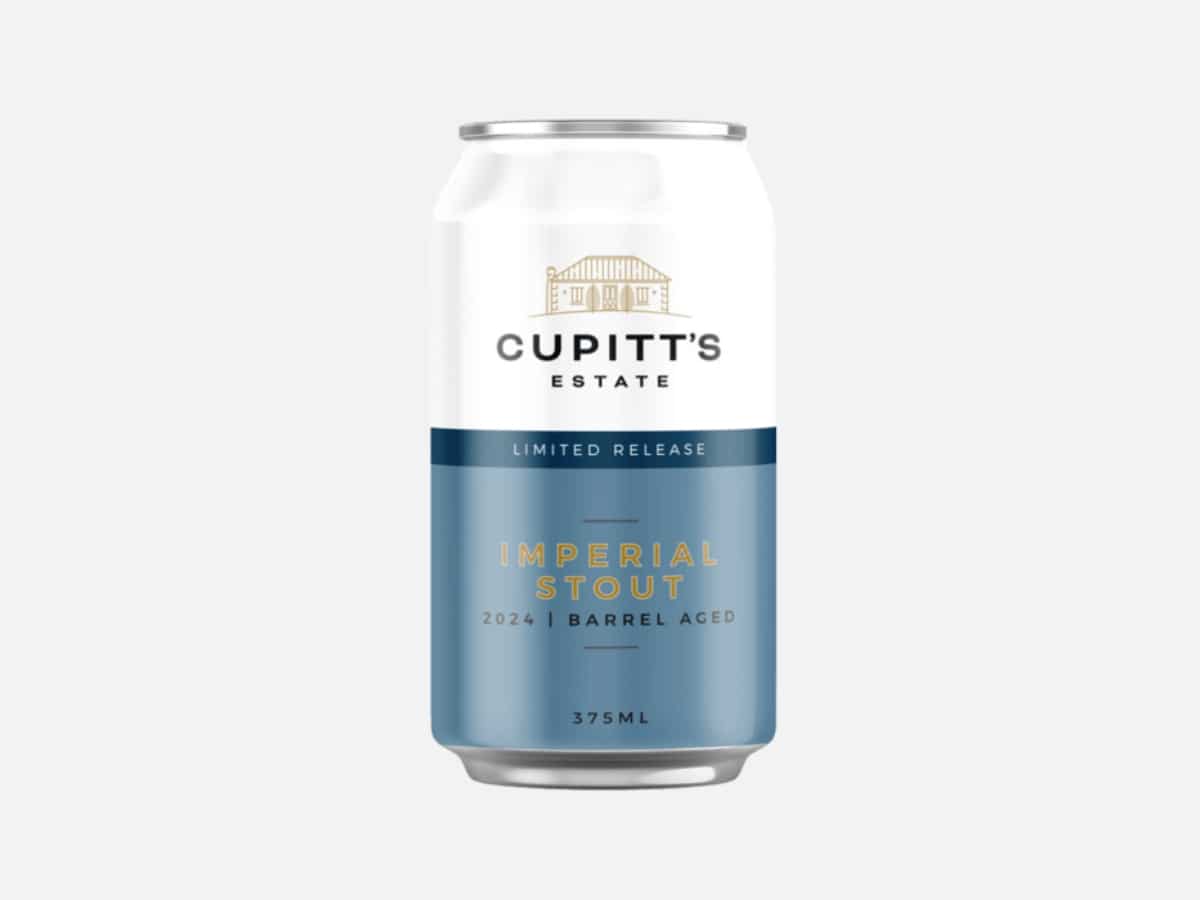
5. Cupitt’s Estate’s Barrel-Aged Imperial Stout
- Style: Imperial Stout
- Size: 375ml
- ABV: 8.5%
- Origin: New South Wales, Australia
Cupitt’s Imperial Stout is a crowd favourite each year, as it delivers a surprisingly robust stout offering from an outfit most well-known for making wine. Despite coming from a microbrewery in Milton attached to the side of a much-bigger winery, Cupitt’s Stout comes fully fleshed out, filled with flavour and body, thanks to a long maturation period.
The special sauce of this maturation comes from Cupitt’s ability to age the beer in well-worn wine barrels, which delivers subtle oak flavours alongside some extra depth of flavour, according to head brewer Liam Jackson.
“It’s a reflection of the unique synergy we have here on the estate,” he saidw.
“Most of the key flavours in stout come from the addition of roasted barley malts, our stouts at Cupitt’s are all about richness and smoothness with deep chocolate and coffee notes thanks to those malts.”
It’s a fair bit more alcoholic than your standard stout, but the hints of wine and wood make Cupitt’s efforts more than worth an afternoon session. Just, don’t go too hard.
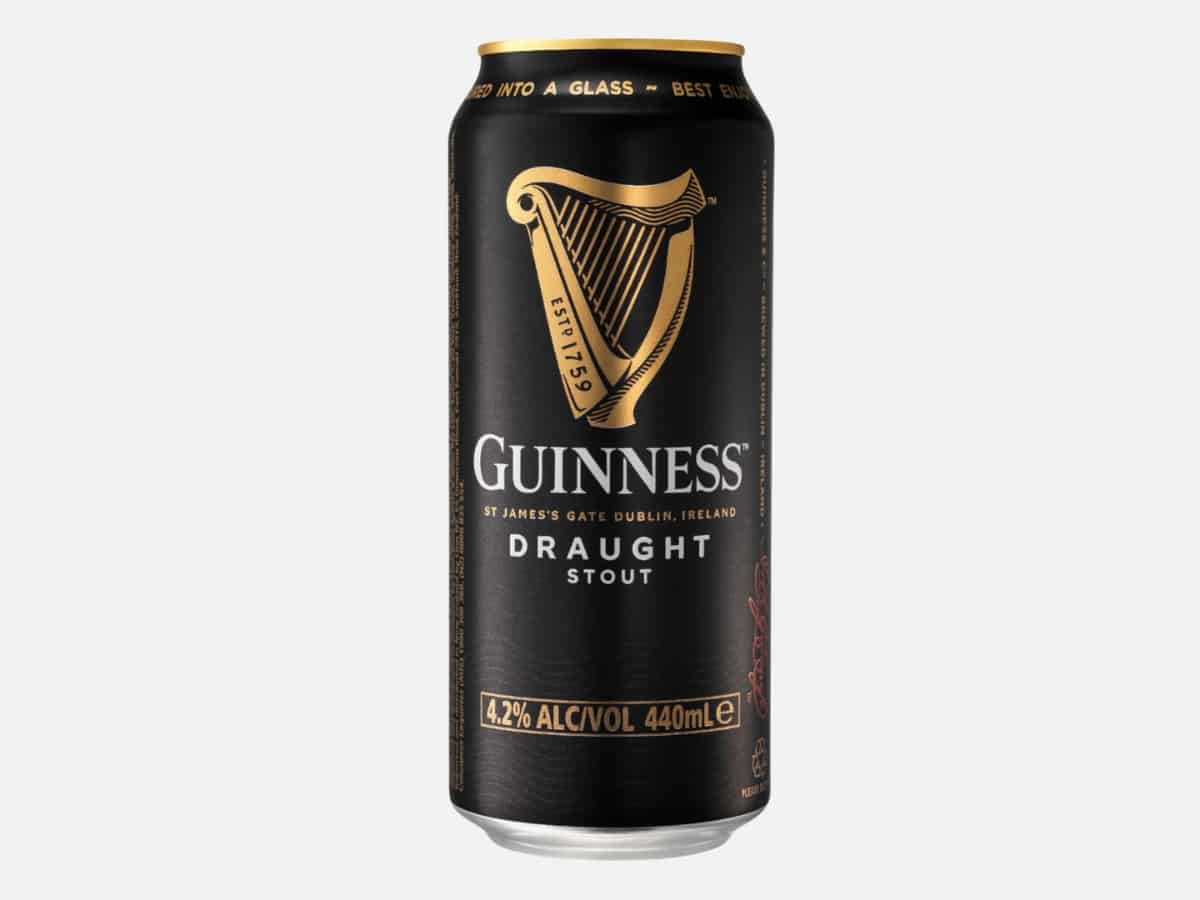
6. Guinness Draught
- Style: Stout
- Size: 500ml
- ABV: 4.2%
- Origin: Dublin, Ireland
When you think of stout, this is probably what you picture. The quintessential dark beer, Guinness Draught was first brewed in 1959 to celebrate the signing of a 9,000 year lease of the business’ St. James Gate brewery, and it hasn’t slowed in the intervening years. It’d be an impressive feat, if it wasn’t Guinness we were talking about.
Easily one of the most recognisable beers in the world, the beer is now brewed in around 50 countries. This is where I’ll put up a little disclaimer: if you can get your hands on the real deal, i.e. an Irish Import, you’re going to have a much better time. Australian distributor Lion decided to move some of its Guinness brewing on-shore in recent years and the results have been mixed, to say the least.
Is it still a delicious stout? Absolutely, but if you were already a Guinness fan you might notice the change in quality. Our advice is to buy using importers, such as Australian Liquor Suppliers, to ensure you’re getting the bang for your buck you deserve.
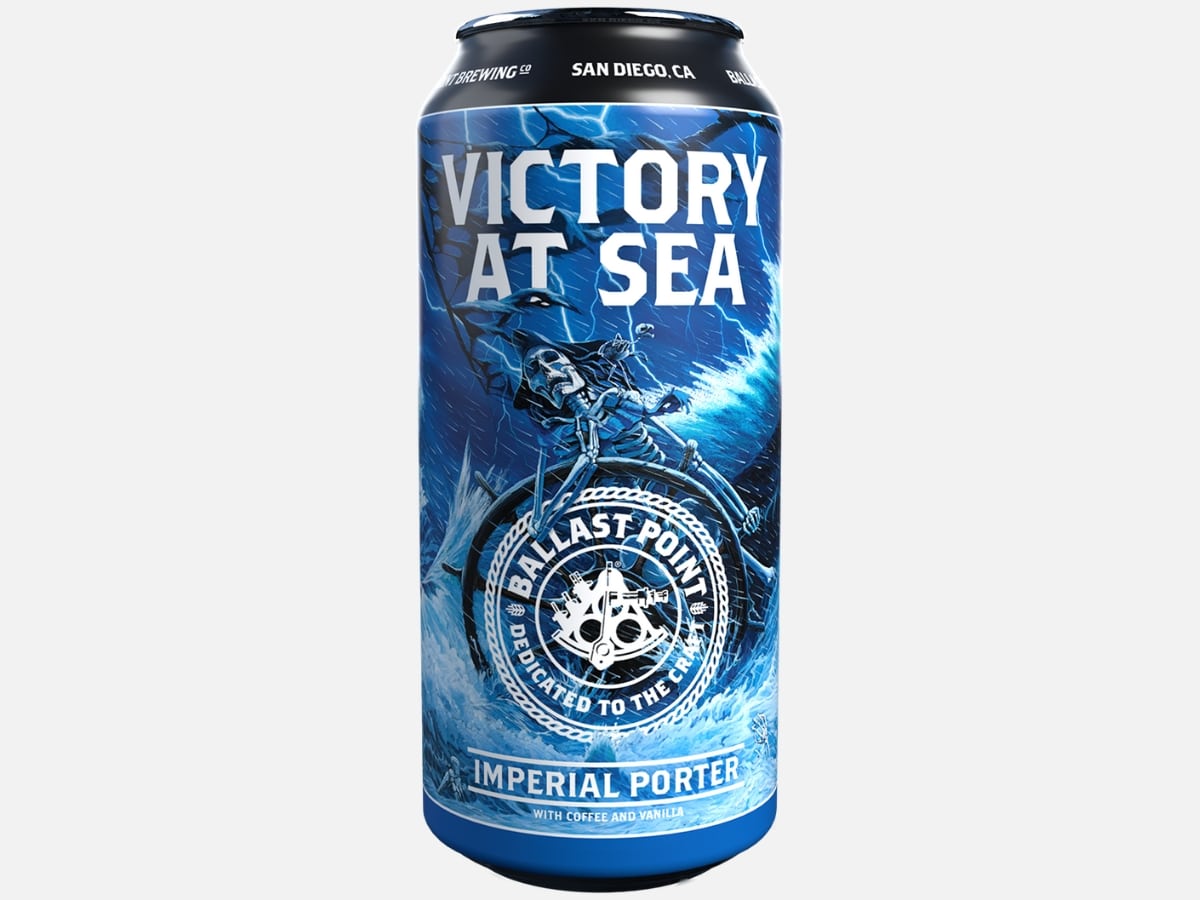
7. Ballast Point’s ‘Victory at Sea’ Coffee Vanilla Imperial Porter
- Style: Imperial Porter
- Size: 440ml
- ABV: 10%
- Origin: California, USA
A sweeter beer than some others on the list, Ballast Point’s Victory at Sea brings together three of the best flavours on the planet (coffee, vanilla, and dark beer, naturally) into one perfectly balanced brew.
Utilising coffee beans from its home town of San Diego, Ballast Point delivers something akin to a smooth, alcoholic cold-brew with the addition of vanilla, as well as undertones of caramel. If that sounds like a lot of strong flavours, you’d be right, but this one is balanced well. The vanilla will hit first, followed by a slower, bitter coffee flavour on the back-end.
The only downside to this beer is the fact that it’s made seasonally and, unfortunately, is quite hard to find in Australia. Still, we’ve tracked a few places down to make sure as soon as its available you can all give it a crack.
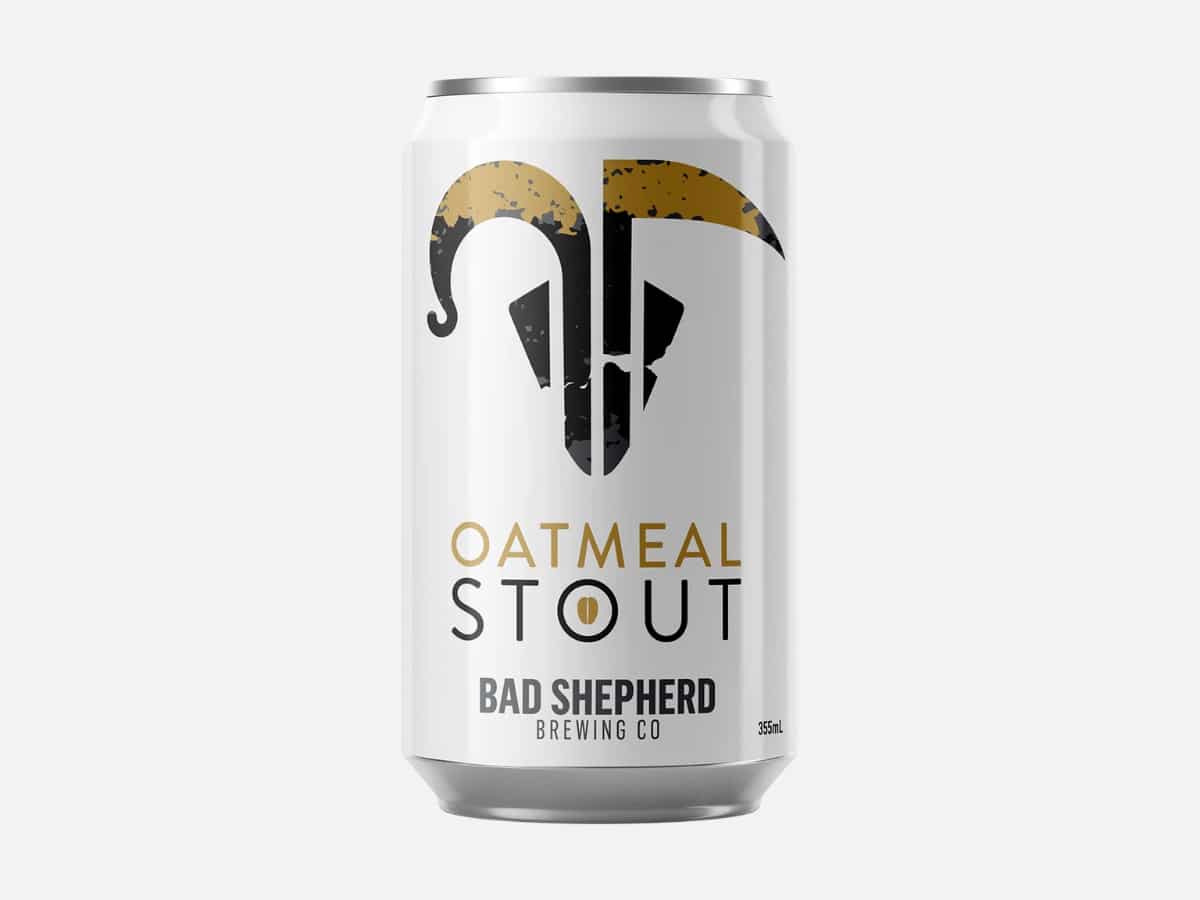
8. Bad Shepherd Brewing Co’s Oatmeal Stout
- Style: Oatmeal Stout
- Size: 355ml
- ABV: 5.1%
- Origin: Victoria, Australia
An Aussie take on an English style, Bad Shepherd have nailed what what it means to deliver a traditional stout without any of the fluffery. You’re not going to find fruity hops, or any extra flavours added in to make the beer stand out: instead, the good folks at Bad Shepherd are banking on the beer itself.
We’d say they made the right choice, as this Oatmeal Stout is a deliciously dry drink that doesn’t distract you with anything superfluous. Instead, you’re getting an expertly crafted beverage, made by expert brewers.
Made using oats toasted in Bad Shepherd’s beer garden kitchen, the Oatmeal Stout brings the chocolatey and nutty flavour you’d expect from a stout in a vegan-friendly beverage.
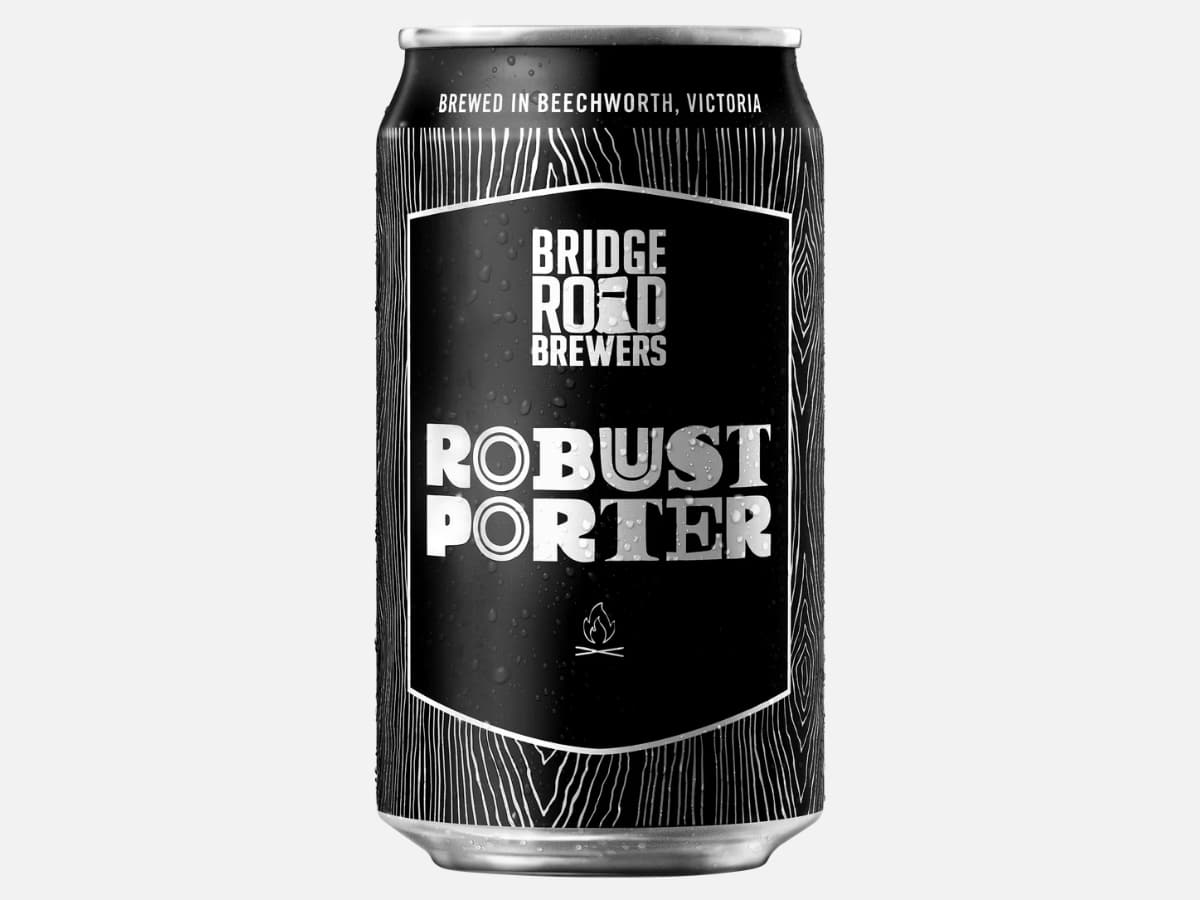
9. Bridge Road Brewers’ Robust Porter
- Style: Robust Porter
- Size: 355ml
- ABV: 5.2%
- Origin: Victoria, Australia
Our last beer in certainly not least. Bridge Road Brewers consistently knocks its brews out of the park, and its Robust Porter is no different. The recipe has changed somewhat over the years, but each time it just gets better.
Infusing a chocolatey and malty porter with subtle hints of nuts, coffee and vanilla helps deliver a smooth and robust (go figure) mouthfeel that delivers something more than the sum of its parts.
Plus, Bridge Road’s efforts aren’t as heavy as some other stouts and porters on the list, giving it a lighter, leaner flavouring that goes down well whether its winter or not.
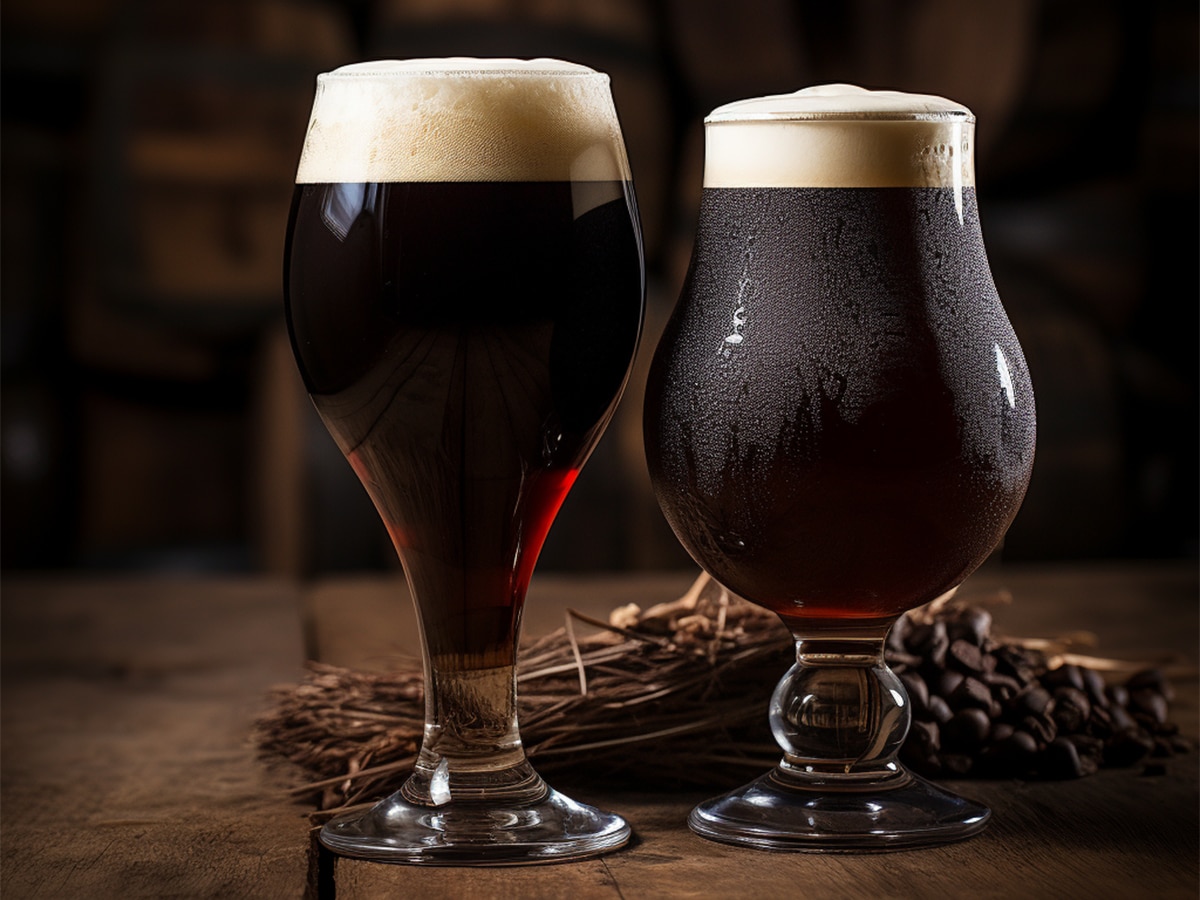
What’s the Difference Between a Stout and a Porter?
If you’re not a brewer, beer nerd or someone who pays close attention to seemingly tiny details, you might not know that there are differences between a stout and a porter. If you poured a pint of each side by side, you’d have difficulty picking out what makes them dissimilar. On appearance, they look remarkably similar. Even when you take a sip, the differences aren’t immediately apparent. It’s not like trying a stout and an IPA side by side. So, what exactly is the difference between a stout and a porter?
According to Dereck Hales, brewing expert and co-founder of Bad Shepherd Brewing Co., the two beers, while similar in appearance and initial taste, vary greatly in their production process. The result has a tendency to linger on your tongue.
“Porters are usually dark brown and are brewed with more brown malts that impart chocolatey and dark malt/toast-like flavours,” he explains. “Whilst stouts are brewed with roasted barley to create much darker and roastier flavour reminiscent of coffee and bittersweet dark chocolate.”
Importantly, both beer styles go back a long way and their intrinsic links have been evident throughout history. Before there were stouts, there were porters. The stout porter was a very widely imbibed beer in England in the 1600s and beyond.
The name “stout” was originally added to the beginning of a beer (namely a porter) to let drinkers know that it was richer in flavour and higher in alcohol content. At some point near the turn of the 20th century, the stout porter simply became the stout and the porter became another beer style.
From that point onward, historically speaking, their main differences lie in geography. Porters have their history in London, England, while stouts are most commonly associated with Ireland. If you want to get into general specifics, porters are often lighter in body while stouts are heavier.
If you want to get into ingredients, porters are most often made with malted barley. This gives them a sweeter, lighter flavour profile. Stouts, on the other hand, are made with unmalted roasted barley. This is why stouts are drier, more bitter, and have more roasted barley aromas and flavours.
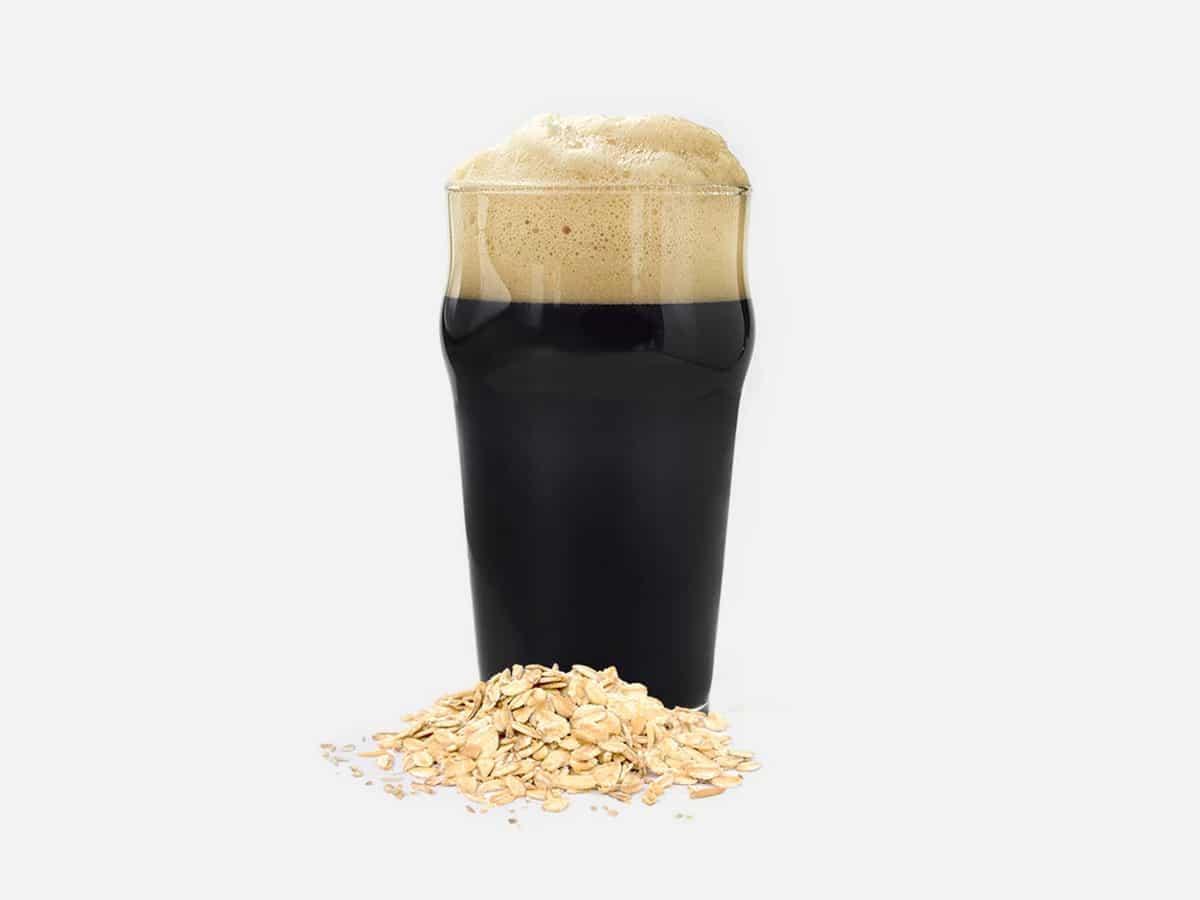
What is a Stout?
The first thing you notice when a stout is poured into a pint glass is the colour. It’s usually very dark to pitch black in appearance. This warm-fermented ale is also known for its roasted malt, coffee, and dark chocolate-forward flavour profile. This is thanks to the use of roasted barley in the brewing process (among other ingredients).
“Stouts can traditionally have a higher level of bitterness but modern styles can vary a lot so it’s not always the case,” Hales explains.
English and Irish stouts are known for having very little hop presence but a dry, bitter finish. American brewers have been known to add more hops into their recipes, adding a slight floral element to the dark, roasted, bitter flavour profile. Not surprisingly, by far the most popular stout in the world is Guinness. This dry Irish stout is known for its mix of coffee, chocolate, and caramel and gently dry, bitter finish. What’s not to love?
“Irish Foreign Extra Stout (Guinness for the most part, but Coopers Best Extra Stout fits in here) would be the most common, but there are plenty of others, including Oatmeal Stouts and Sweet Stouts, that are fairly common in the UK,” Hales tells us. “We brew an Oatmeal Stout that has won four gold medals at the Australian International Beer Awards and it’s probably the most fun beer to brew. We toast 75kg of oats one tray at a time in our brewpub oven before brewing the beer to impart an ANZAC biscuit-like flavour and it makes it taste amazing.”
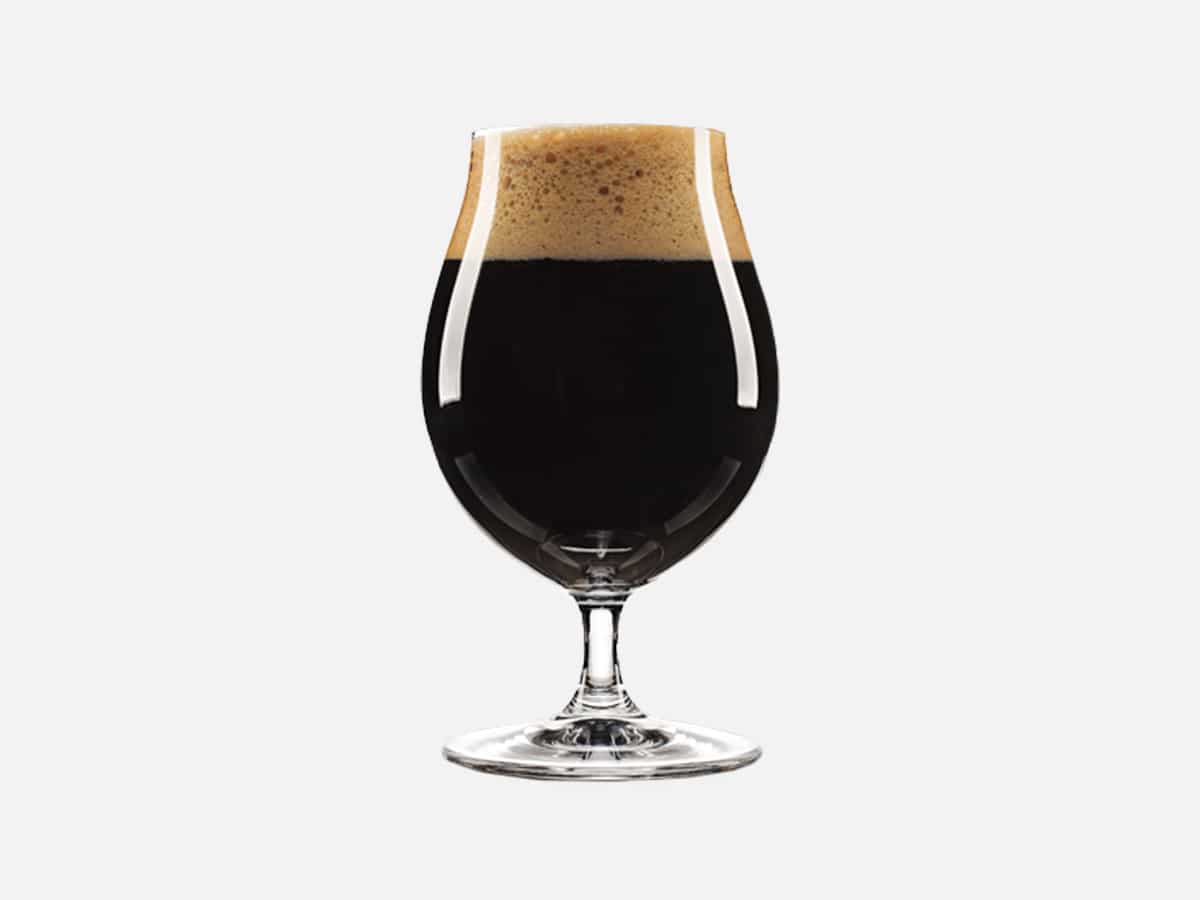
What is a Porter?
Like stouts, porters have their history in 18th century London. Named for the workers known for moving and carrying luggage at hotels and on railroads, the beer is known for its dark, sometimes pitch-black appearance. They are most often brewed with top-fermenting yeast and are beloved for their flavour palate featuring notes of caramel, chocolate, coffee, and roasted malts.
According to beer expert Hales, when it comes to finding a good porter, you should start first with the appearance before assessing the flavour. Any porter that is worth its salt should leave you with a slightly bitter finish, making it decidedly richer in flavour.
“A good porter will have a fullness of body and deep rich chocolatey flavour and a lightly bitter finish,” Hales tells us. “It should be dark brown in colour with a dense lightly tan head. And it should have a slightly lower carbonation – not so low that it tastes flat but also not so heavy that it’s like drinking a soda. Oh – and you should look for a couch, fireplace and dark, wet, rainy, winter night to go along if you can.”
Why You Should Trust Our List
Trust is the backbone of our independent publication, and unlike most of the lists you’ve read online, we’re only recommending products that we’ve independently tested ourselves. Our conclusions are decided upon by our editorial team and take into account the smell, taste, price, and availability of each inclusion. Ultimately, the final list was decided upon by author Dean Blake, who personally curated every beer on this list.
Related Stories:













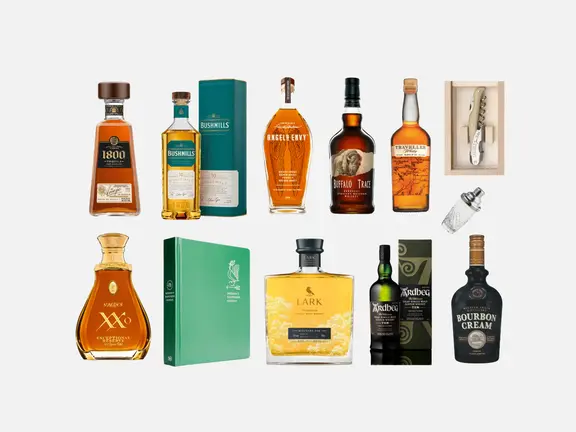





















Comments
We love hearing from you. or to leave a comment.